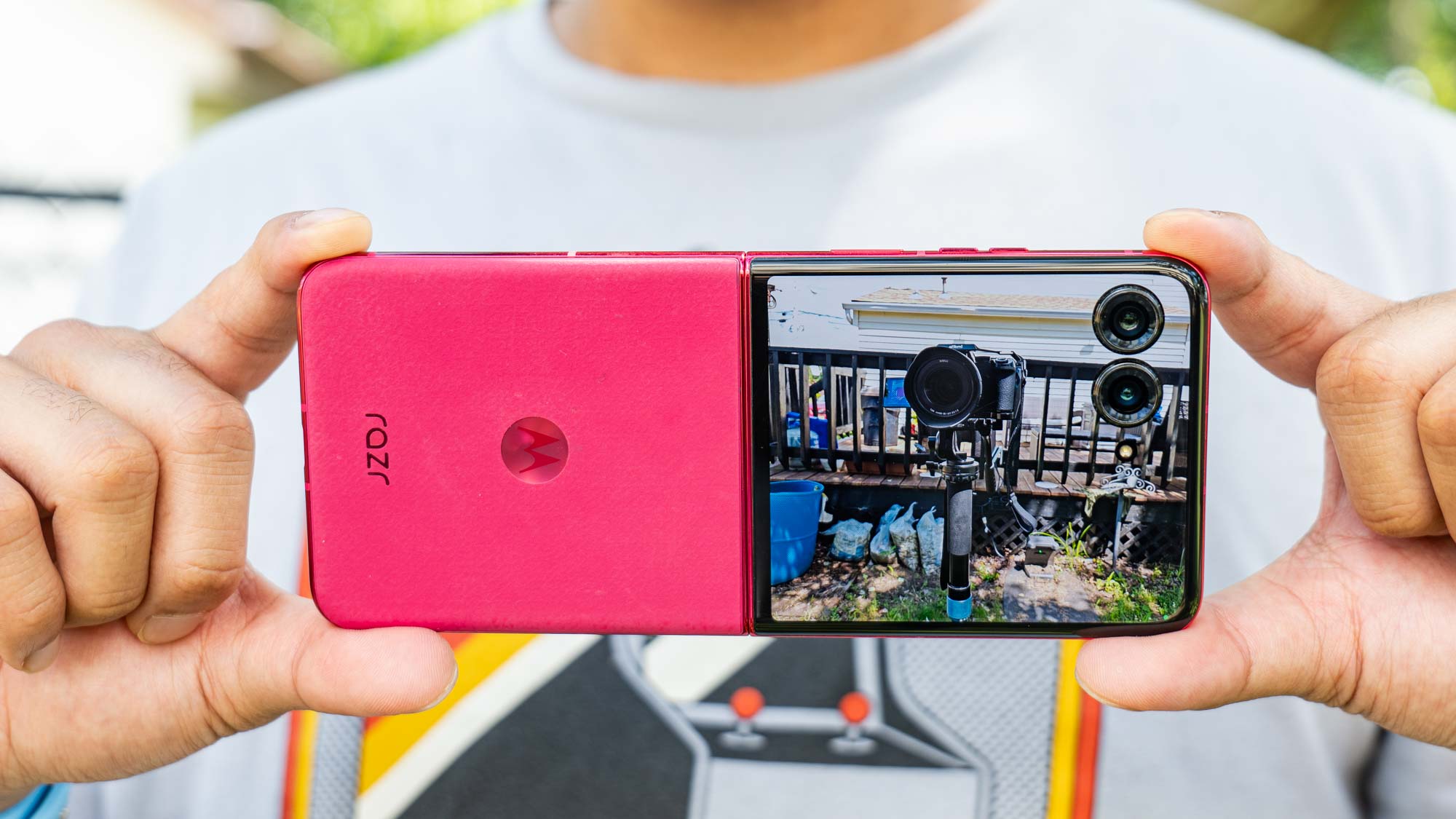3 Samsung Galaxy Ring health and fitness features I'm actually excited for
You can (finally) put the AI-powered smart ring on your finger

After months of speculation, Samsung finally announced the Galaxy Ring today at Unpacked. The new smart ring looks as you'd expect (its a ring, after all) but behind the shiny exterior, the wearable is packed with health and fitness sensors.
It needs to if it stands a chance of competing with the Oura Ring Gen-3, the current market leader. But while Oura's strength has always been its interoperability, the Galaxy Ring's integration with all things Samsung may be the key to its success.
The Samsung Galaxy Ring will retail for $399, comes in three colors (black, silver, gold), and is available in nine sizes. The battery should see you comfortably through a week on a single charge, and it's IP68-rated, so is water resistant for up to 30 minutes.
Considering it's relatively small size, impressively, it packs in an optical heart rate sensor, blood oxygen monitor, skin temperature sensor, and an accelerometer. These send data back to the Samsung Health app, which is where the ring's true value lies.
Samsung Galaxy Ring hardware

Before we dig into what the Galaxy Ring can do, it's worth looking at the hardware itself and what you get for your $400. At the largest size, it only weighs 3g, so it's pretty lightweight, and the three color options mean you can choose a design that'll work well with your aesthetic and preferences.
| Header Cell - Column 0 | Samsung Galaxy Ring |
|---|---|
| Starting price | $399 |
| Dimensions | 7 x 2.6 mm |
| Sizes | 5 - 13, 9 sizes total |
| Weight | 2.3 - 3.0 g |
| Colors | Titanium Black, Titanium Silver, Titanium Gold |
| Battery life | Up to 7 days |
| Durability | 10 ATM, IP68 |
| Connectivity | Bluetooth 5.4 |
| Sensors | PPG (heart rate, SpO2), skin temperature, accelerometer |
But, without a display as you'd find on most fitness trackers, there's no direct way to interact with the data on the ring itself. Instead, the measurements sync via Bluetooth to your Samsung phone, and appear in the Samsung Health app, alongside some useful, actionable AI-powered insights.
We got some hands-on time with the Galaxy Ring at Unpacked, but we won't know exactly how all the fitness and health features work until we test it out fully. From what we know so far, though, the sleep monitoring, cycle tracking, and workout recordings are the Ring's standout fitness and health features.
Sign up to get the BEST of Tom's Guide direct to your inbox.
Get instant access to breaking news, the hottest reviews, great deals and helpful tips.
Samsung Galaxy Ring sleep tracking

Like most fitness trackers, the Galaxy Ring can monitor your sleep, using the photoplethysmography (PPG) sensor to monitor your heart rate, accelerometer to assess how much you move around overnight, and skin temperature readings.
These measurements are converted into a sleep recording in the Samsung Health app, so you can see how rested you were each night. This is also a significant factor in the Ring's Energy Score, which gives a single metric based on your sleep, daily activity, and recent workouts.
But, just as sleep is an important factor in overall health, the ring's sleep data also plays a role in some of the Galaxy Ring's other health features, like the Natural Cycles-powered period tracking and prediction feature.
Samsung Galaxy Ring cycle tracking

One of the Oura's most useful features is the way it uses skin temperature readings to monitor your period. As a standalone feature, it uses temperature changes to work out when you're on your period, and asks you to confirm in the app.
But Oura can also send temperature data to Natural Cycles, the FDA-cleared period tracking and fertility app. In the run up to Unpacked, there were rumors that the Galaxy Ring would also get this feature, and it does, but with a twist.
The Galaxy Ring's temperature readings sync to Samsung Health, and the app uses Natural Cycles' tech to track your periods and predict your next one. This implementation is different to Oura's in a few ways.
For the more advanced Natural Cycles tracking with Oura, you need to take out an Oura membership and a Natural Cycles subscription, totaling $20 per month. However, there's no subscription for the Samsung Galaxy Ring equivalent.
There is a compromise, though; Samsung Health can help keep track of your periods, but it doesn't make use of the full capabilities of Natural Cycles, so you can't use it for fertility planning or as a means of contraception, as you can with the main Natural Cycles app.
Samsung Galaxy Ring workout tracking

As you'd expect for a fitness-tracking wearable, the Galaxy Ring can monitor your daily activity and even automatically detects exercise once you've started moving. This is handy, since there's no way to manually start a workout on the ring.
Your metrics get pushed to the Samsung Health app, and play into all the new AI features, like the Energy Score, but also other personalized insights based on your recovery, what activity you should add into your day, and nutrition advice.
Until we get some dedicated time with the Galaxy Ring, we can't tell for sure how useful these features will be or how the Galaxy Ring will compare to the Oura Ring, but initial impressions are that this may be the first smart ring to actually challenge Oura's top spot.
More from Tom's Guide

James is Tom's Guide's Buying Guide Editor, overseeing the site's buying advice. He was previously Fitness Editor, covering strength training workouts, cardio exercise, and accessible ways to improve your health and wellbeing.His first job at as a sales assistant in a department store, and this is where James learned how important it is to help people make purchasing decisions that are right for their needs, whether that's a fountain pen to give as a gift or a new fridge for their kitchen.
This skill stayed with him as he developed a career in journalism as a freelance technology writer and, later, as Buying Guide Editor for MakeUseOf, where his interest in fitness combined with his commitment to impartial buying advice.
This is how he came to join Fit&Well as Fitness Editor, covering beginner-friendly exercise routines, affordable ways to boost your wellbeing, and reviewed weights, rowing machines, and workout headphones.
James is an advocate for sustainability and reparability, and focuses his reviews and advice through that lens to offer objective insights as to whether a specific product or service will be right for your needs.

